
Baku, the ancient capital of Azerbaijan, boasts a rich tapestry of architectural heritage that spans centuries. Its historic buildings, once witnesses to the city's evolution, now stand as symbols of its cultural identity. However, in recent years, a disturbing trend has emerged—a wave of demolitions threatening to erase this tangible link to the past.
The fate of these architectural treasures raises a crucial question: do these buildings contribute to the city's beauty solely by virtue of their historical significance, or do they hold intrinsic value beyond their age? The debate has come to a head with the impending demolition of the iconic "Friendship" cinema, a structure emblematic of the city's post-war revival.
Built in 1952 by architect Mammad Aliyev, the "Friendship" cinema has long been a cherished landmark in Baku. Its looming silhouette and nostalgic charm evoke memories of a bygone era, serving as a testament to the city's resilience and cultural vibrancy. Yet, despite its cultural significance, the cinema finds itself on the brink of destruction, a casualty of neglect and bureaucratic indifference.
Until then, the fate of buildings that have not received the status of historical buildings will remain unknown
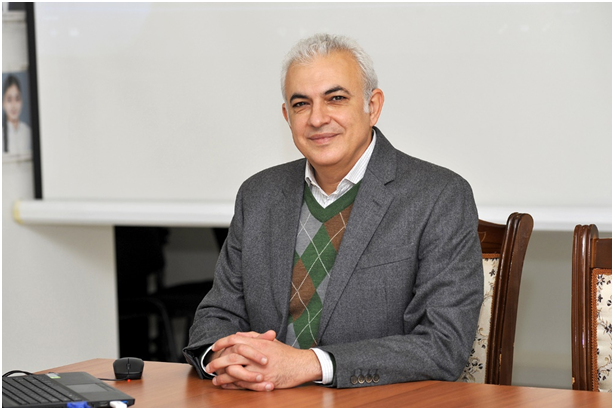 The struggle to preserve Baku's architectural heritage has been underscored by the efforts of activists and preservationists who argue for the intrinsic value of these structures. Architect Elchin Aliyev, a vocal advocate for heritage conservation, laments the loss of unique architectural monuments during the chaotic post-independence period. He condemns the shortsightedness of city officials who sanctioned the demolition of historic buildings in favor of modern developments, decrying their disregard for the city's history.
The struggle to preserve Baku's architectural heritage has been underscored by the efforts of activists and preservationists who argue for the intrinsic value of these structures. Architect Elchin Aliyev, a vocal advocate for heritage conservation, laments the loss of unique architectural monuments during the chaotic post-independence period. He condemns the shortsightedness of city officials who sanctioned the demolition of historic buildings in favor of modern developments, decrying their disregard for the city's history.
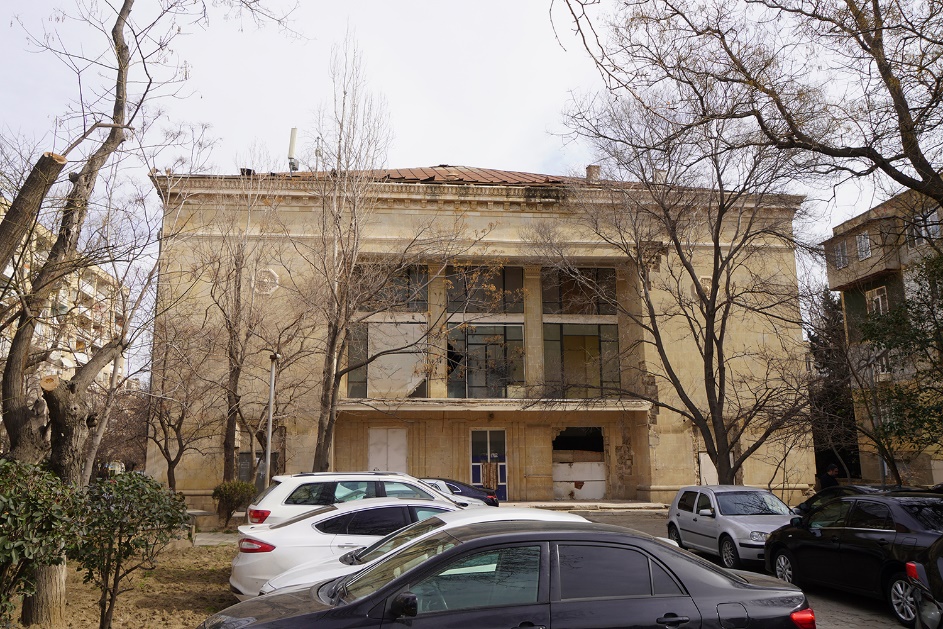 Aliyev's sentiments are echoed by many who fear the erasure of Baku's architectural legacy. The city, once renowned for its diverse architectural styles spanning the ancient world to modernism, risks losing its distinct character in the face of unchecked development. As Aliyev notes, the destruction of historical buildings not only robs the city of its architectural heritage but also diminishes its cultural identity.
Aliyev's sentiments are echoed by many who fear the erasure of Baku's architectural legacy. The city, once renowned for its diverse architectural styles spanning the ancient world to modernism, risks losing its distinct character in the face of unchecked development. As Aliyev notes, the destruction of historical buildings not only robs the city of its architectural heritage but also diminishes its cultural identity.
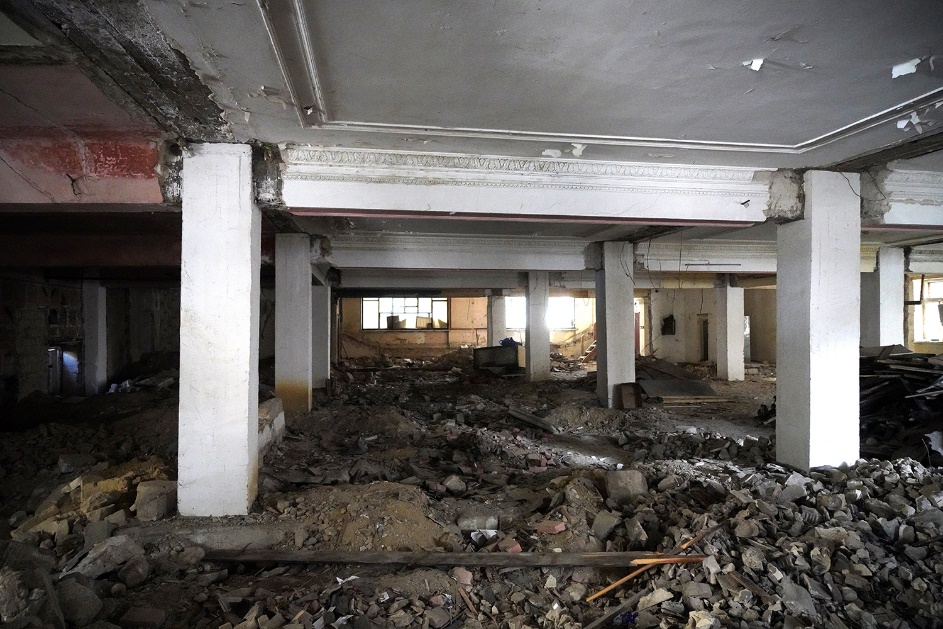 The plight of the "Friendship" cinema serves as a microcosm of a larger issue—the precarious state of Azerbaijan's architectural heritage. Despite efforts to protect cultural monuments, many buildings remain vulnerable due to a lack of formal recognition and legal safeguards. The existing list of protected heritage, inherited from the Soviet era, fails to encompass the full breadth of Azerbaijan's architectural legacy, leaving many structures at risk of demolition.
The plight of the "Friendship" cinema serves as a microcosm of a larger issue—the precarious state of Azerbaijan's architectural heritage. Despite efforts to protect cultural monuments, many buildings remain vulnerable due to a lack of formal recognition and legal safeguards. The existing list of protected heritage, inherited from the Soviet era, fails to encompass the full breadth of Azerbaijan's architectural legacy, leaving many structures at risk of demolition.
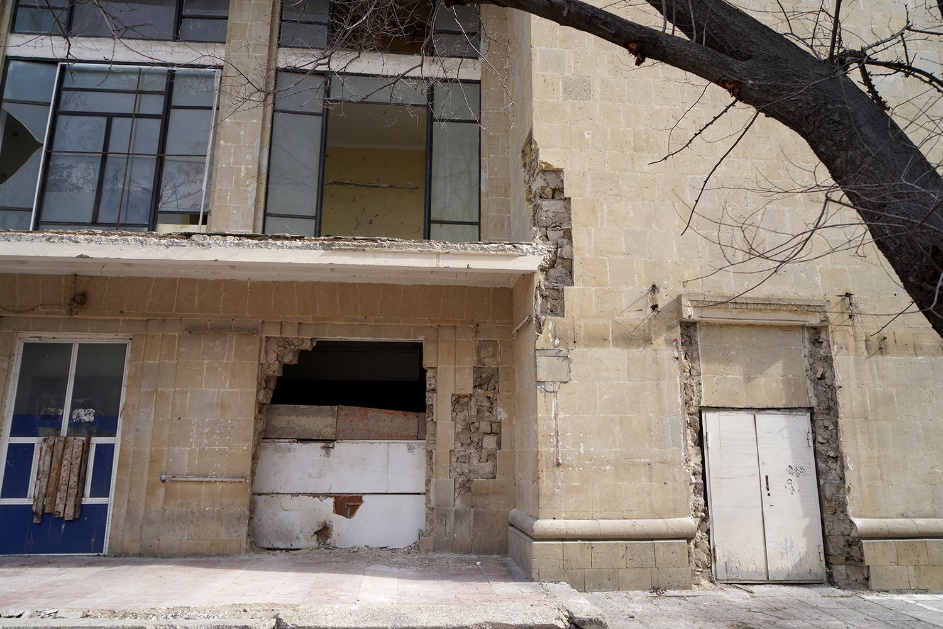 The implications extend beyond aesthetics, affecting the city's residents and visitors alike. For locals, the loss of familiar landmarks represents a rupture in their collective memory, erasing traces of their shared history. Tourists, drawn to Baku's rich cultural tapestry, find themselves deprived of the opportunity to immerse themselves in the city's storied past.
The implications extend beyond aesthetics, affecting the city's residents and visitors alike. For locals, the loss of familiar landmarks represents a rupture in their collective memory, erasing traces of their shared history. Tourists, drawn to Baku's rich cultural tapestry, find themselves deprived of the opportunity to immerse themselves in the city's storied past.
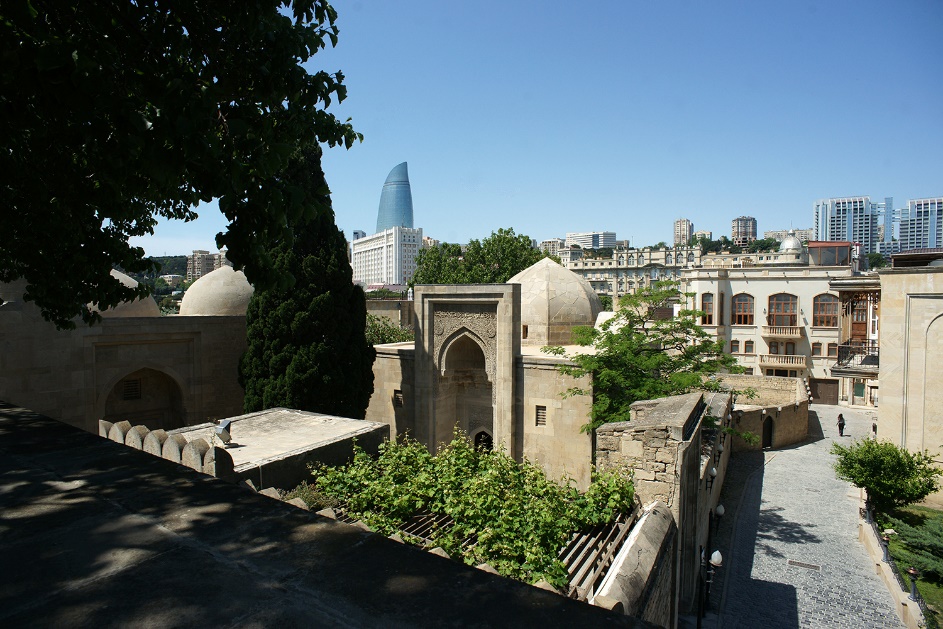 In the face of these challenges, there is a pressing need for concerted action to safeguard Baku's architectural heritage. This entails not only preserving existing structures but also fostering a culture of heritage conservation and appreciation. As architect Elchin Aliyev suggests, innovative approaches such as adaptive reuse—preserving historic facades while repurposing interiors—offer a viable solution to balancing preservation with modernization.
In the face of these challenges, there is a pressing need for concerted action to safeguard Baku's architectural heritage. This entails not only preserving existing structures but also fostering a culture of heritage conservation and appreciation. As architect Elchin Aliyev suggests, innovative approaches such as adaptive reuse—preserving historic facades while repurposing interiors—offer a viable solution to balancing preservation with modernization.
 Ultimately, the battle for Baku's architectural legacy transcends mere aesthetics—it is a testament to the city's resilience and commitment to preserving its cultural heritage for future generations. As Elchin Aliyev aptly summarizes, the preservation of cultural heritage is not merely an act of conservation but a safeguard against the erosion of national identity and the loss of collective memory. In the struggle to protect Baku's architectural treasures, lies the preservation of its soul.
Ultimately, the battle for Baku's architectural legacy transcends mere aesthetics—it is a testament to the city's resilience and commitment to preserving its cultural heritage for future generations. As Elchin Aliyev aptly summarizes, the preservation of cultural heritage is not merely an act of conservation but a safeguard against the erosion of national identity and the loss of collective memory. In the struggle to protect Baku's architectural treasures, lies the preservation of its soul.
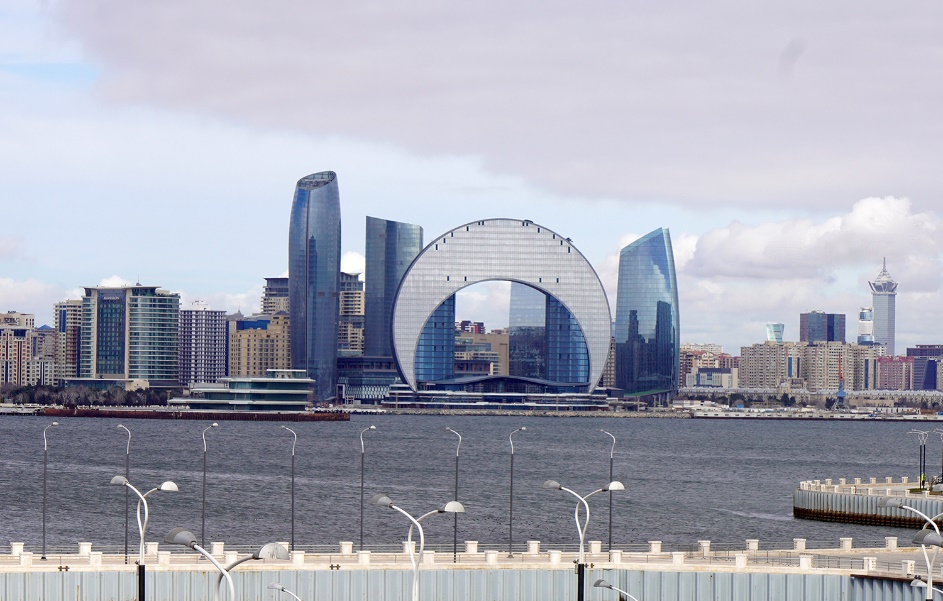













Leave a review